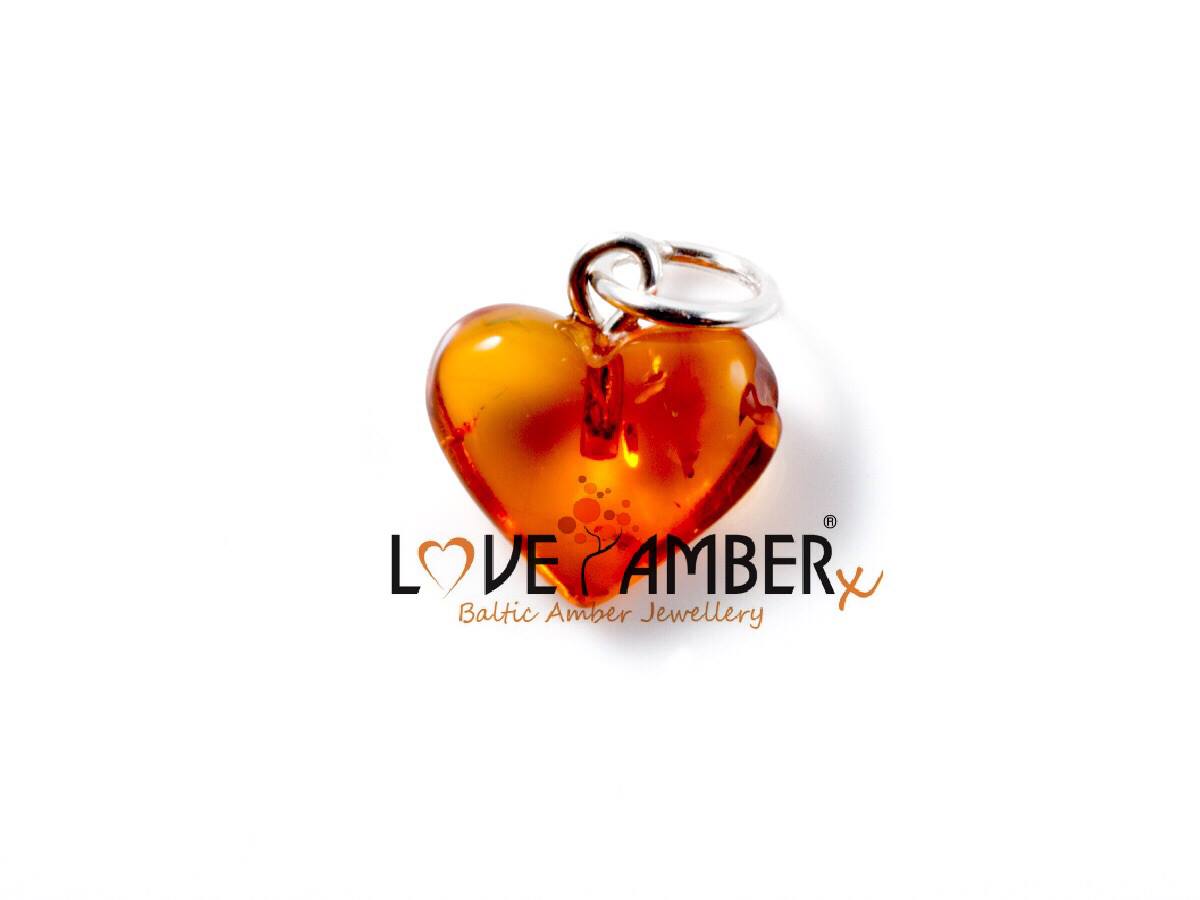Baltic Amber Jewellery Facts &The Mistakes People Make When Buying Amber Jewellery Online

Baltic Amber Facts & History
1. Amber is a stone. Incorrect! Although amber is found in the ground, it is not a stone or a mineral. Amber is fossilised tree resin. Amber is created from the pressure of the earth as it compresses the ancient forests that were buried millions of years ago. The resin from the trees is what creates amber and gives it its unique pine scent and variety of colour shades. Baltic Amber (considered the world’s finest) is 35 to 40millions years old.
Baltic amber is always light and warm to touch and it possesses electrostatic properties. Baltic amber is a translucent orange-yellow substance that glows when polished and held up to light, it has long been used in jewellery and other decorations. The proper classification for organic gems like coral, pearl, and amber is gem material, not gemstone.
2. Amber teething necklaces are for chewing on. Incorrect! Amber teething jewellery should be kept out of a child’s mouth . amber necklaces are to be worn around the neck of the child and only when in adult supervision if you do choose to wear them. The necklace should not be long enough to be pulled, entangled or put into the child’s mouth. When measuring for a necklace, only leave a 2 finger gap between the neck and necklace. It is not meant to dangle. Make sure you always follow our measuring guide.
3. Amber teething necklaces are a new idea. Incorrect! In Europe, families have been using amber necklaces for so long that it has become a tradition. The Celts, Romans, Greeks and Arabs believed the stones had magical powers. Hippocrates himself mentioned the benefits of amber in his early writings. The Greeks saw amber not only as a medicinal stone but also as a symbol of social status, beauty, power and influence. The Chinese used to bury amber in the ground during their traditional festivals, honouring both hosts and guests. They are no longer called amber teething necklaces though as people think they are for chewing. They are just known as amber necklaces now and carry small parts safety warnings for babies.
Amber was once a part of a trees immune system. True!
When a tree is punctured or scratched, the tree releases a sticky substance called resin to seal the wounded area. Over time, chemically stable kinds of resin will harden and form the pretty, translucent version of amber that you are familiar with. Thus amber is the hardened, stable resin of ancient trees. It is believed that the trees are healed with this resin and it therefore possesses magical powers to heal the wearer of the amber resin too.
5. The word electricity derives from the Greek word for amber. True!
According to the Swedish Museum of Amber, over 2500 years ago, the Greek philosopher Thales of Miletus discovered that when amber was rubbed against cloth, it produced sparks and attracted feathers, husks, and small wooden splinters. This force was given the name "electricity"after the Greek word elektron, which means “amber.”
The Ancient Egyptians really liked amber; there are many reports of amber and other similar resin products being found in tombs dating back to 3200 BCE. Some scholars think that these resins were intended to represent the “tears of Ra.” Whatever the significance, the origin of some of this amber is believed to have been the Baltic Coast, more than 1500 miles away.
Amber was valued for its magical properties, which were believed to guarantee victory, fertility, and fortune. It was used for its healing and therapeutic powers, and served as an ingredient in incense unguents, and perfumes. Jewellery made of ambler could signal allegiance to another person, provide guidance, serve a talismanic function, or ward away danger. A more complex analysis of ancient texts and archaeological finds in the framework of a cross-cultural perspective may reveal the significance of possessing (wearing), giving (gift-giving), and offering (funerary and votive amulets)
* Insects, spiders and their webs, annelids, frogs, crustaceans, bacteria and amoebae, marine microfossils, wood, flowers and fruit, hair, feathers and other small organisms have been recovered in ambers dating to 130 million years ago.
*When amber is burning it smells like pine.
*From a chemical point of view, amber consists of 80% carbon, 10% hydrogen and 10% oxygen. Formula C10H16O+(H2S)
Amber has been used in jewellery since at least 11,000 BCE. It was polished and carved to make jewellery according to ancient archaeological sites in England.
Instead of wearing the precious gem, women in Rome rubbed it in their hands such as someone might use a 'worry stone' today. They believed that the continual contact with Amber would promote a youthful appearance in their looks.
Baltic amber is regarded as the finest in the world and has been a prized jewellery making gemstone since ancient times. In fact, Baltic amber was so highly valued and sought after by the Romans that it was traded for gold.
The Romans believed that amber held powerful healing properties within its unique and natural beauty - a belief that continues to be held by many today.
Our Amber Jewellery is carefully hand-selected from the finest certified Baltic Amber in Lithuania.
So what mistakes do people make when buying Baltic amber jewellery online?
The most common mistake is not to measure correctly and also buying cheap copal amber rather then genuine Baltic amber. It is key that you measure correctly for your amber pieces. This ensures that you are comfortable wearing it and that it is safety worn by children.
The biggest mistake? Cheap amber is readily available online. Often this is fake or young amber (copal) and it would not be as good as the genuine Baltic amber. Don't waste your time or money on cheap copal. Invest in genuine Baltic amber only for a couple of pounds more. Always check Trustpilot for genuine reviews (we have over 3000 of them).